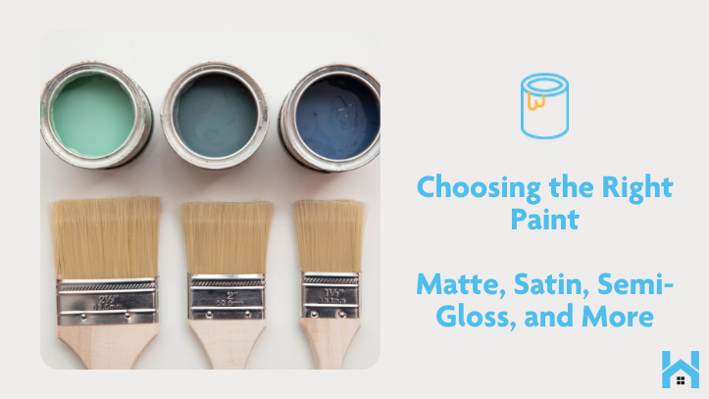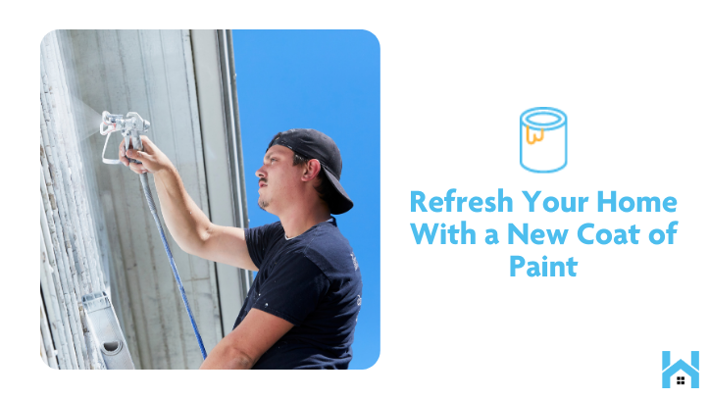Painting can be a rewarding way to refresh your space; however, certain surfaces, such as kitchen cabinets and bathroom walls, may present unique challenges that require careful prep work and proper product selection.
This guide aims to help you understand the types of difficult surfaces you might encounter and will provide essential preparation steps, including surface preparation and sanding, to ensure a smooth application.
It includes techniques specifically tailored for these areas, such as brush techniques and roller application, along with maintenance tips to keep your painted surfaces looking pristine.
Prepare to approach those tough projects with confidence!
Understanding Difficult Surfaces
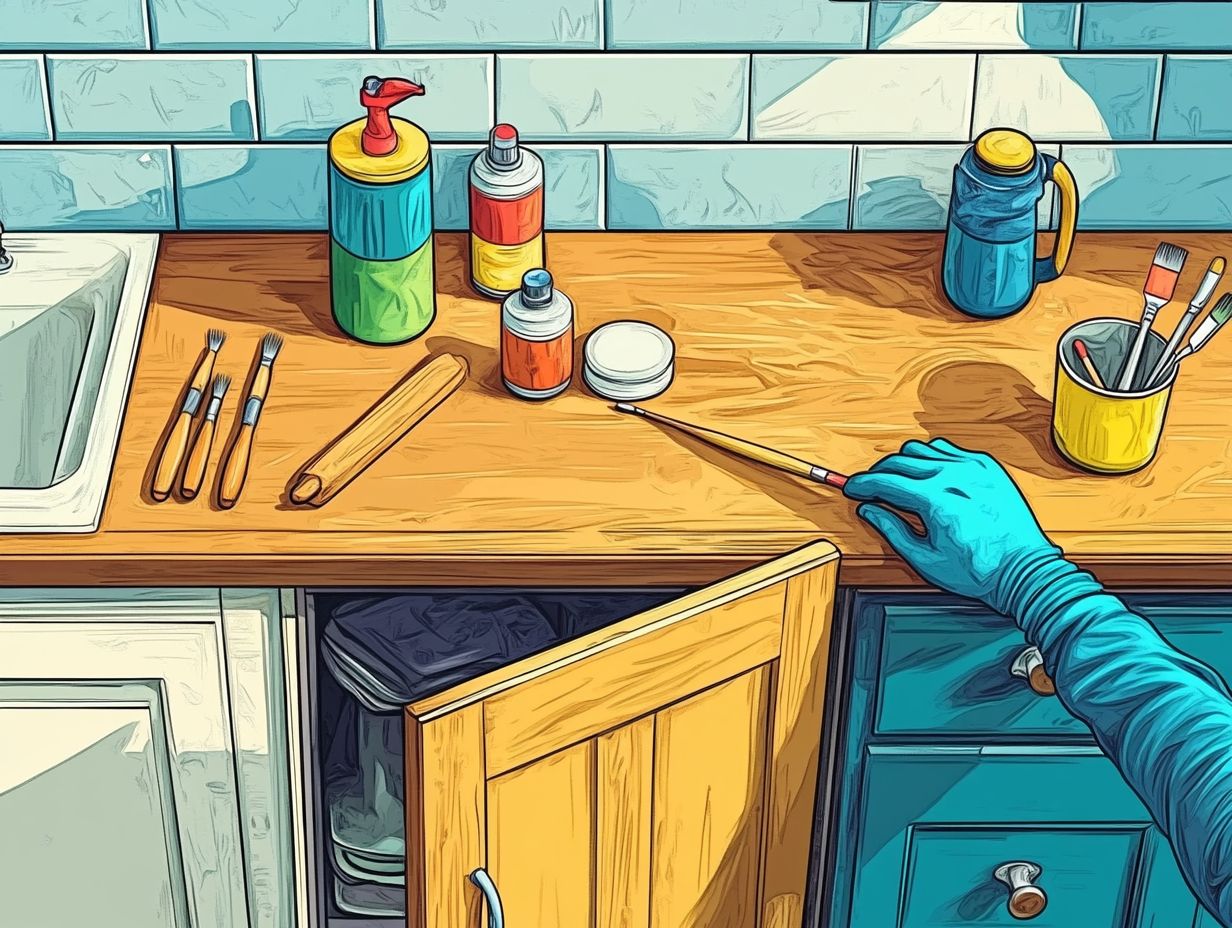
Painting can indeed be a rewarding yet challenging endeavor, particularly when addressing difficult surfaces such as kitchen cabinets and bathroom walls. It is essential to grasp the nuances involved in painting these areas to achieve a quality finish that endures over time.
From preparing the surface to selecting the appropriate paint types, understanding how to approach these challenging surfaces can greatly enhance renovation and restoration efforts. Whether one is undertaking a DIY project or enlisting the help of a professional, mastering the art of painting difficult surfaces can significantly elevate the aesthetic appeal of a home while ensuring longevity.
Let’s take a closer look at the types of surfaces that often present challenges during the painting process.
Types of Surfaces That Can Be Challenging to Paint
Certain surfaces can pose unique challenges during the painting process, making it essential to identify these issues beforehand to achieve a successful outcome.
For example, kitchen cabinets often have glossy finishes that can hinder proper adhesion, while bathroom walls may experience moisture problems that require specific treatments. Textured surfaces, such as stucco or popcorn ceilings, can also complicate paint application, leading to uneven coverage.
To effectively prepare these surfaces, it is important to clean them thoroughly and, in some cases, sand them down to create a smooth base. Additionally, applying a primer suited for the specific materials can significantly enhance adhesion and help mask imperfections, ensuring a long-lasting and polished finish.
Preparation for Painting
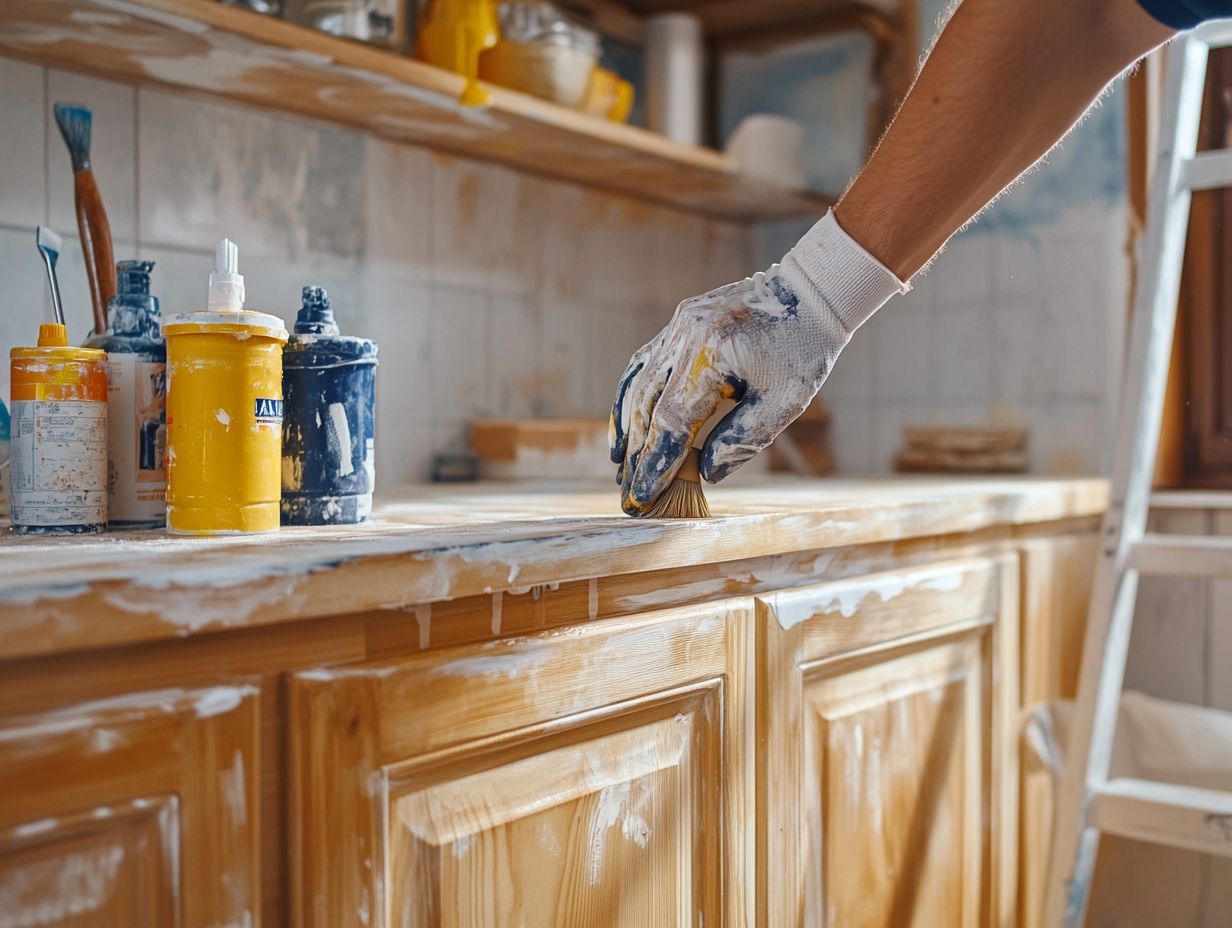
Preparation serves as the foundation for any successful painting project, particularly when working with challenging surfaces. Proper surface preparation not only improves adhesion but also guarantees that the final coat achieves the desired finish and longevity.
Each step—from cleaning the surfaces to sanding and applying primer—is crucial in laying the groundwork for a quality paint application. Whether refreshing kitchen cabinets or revitalizing bathroom walls, investing the time to prepare meticulously will yield benefits in the long run.
Now, let’s delve into the essential steps for effectively preparing difficult surfaces for painting.
Steps to Prepare Difficult Surfaces for Painting
The steps involved in preparing challenging surfaces for painting are essential for achieving a durable and high-quality finish, including deglosser use and proper adhesion techniques.
- First and foremost, it is important to thoroughly clean all surfaces to eliminate dirt, grease, or remnants of old paint. This creates an ideal foundation for the paint.
- Next, using a sanding block to smooth any rough edges is crucial, as it enhances paint adhesion, especially for cabinetry and textured surfaces.
- Once the sanding is complete, applying a high-quality primer is necessary; this establishes a uniform base and seals any porous materials effectively.
- Additionally, filling gaps and cracks with caulking is vital, not only for improving the overall appearance but also for preventing moisture infiltration.
By diligently following these preparation steps, one can significantly enhance both the durability and aesthetics of the final coat.
Techniques for Painting Difficult Surfaces
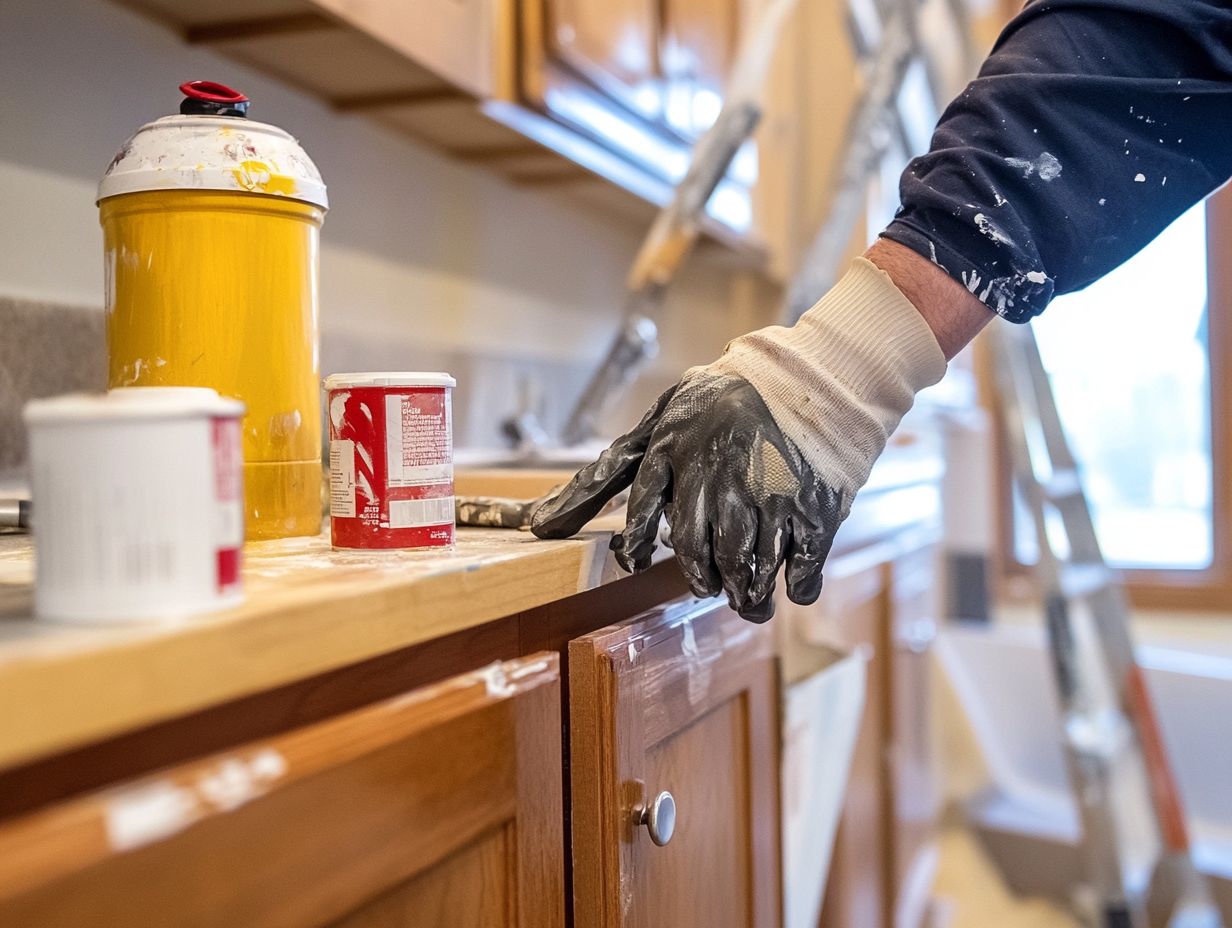
Regarding painting challenging surfaces, using the appropriate techniques can significantly impact the quality of the finish and its durability over time. Whether you're refinishing kitchen cabinets or updating bathroom walls, understanding different paint application methods can greatly enhance your home's aesthetic appeal.
Techniques like spray painting, using rollers, or applying brushes can produce varying results, and knowing when to employ each method is crucial. Let’s delve into some effective painting techniques specifically designed for those tricky surfaces.
Tips and Tricks for Painting Kitchen Cabinets
Painting kitchen cabinets can truly revitalize your kitchen design, and there are several tips and tricks to help ensure a successful cabinet refinishing project.
First and foremost, proper surface preparation is essential. It's important to clean, sand, and prime the cabinets to promote optimal adhesion. When choosing between oil-based and latex paint, it’s worth noting that oil-based paints typically provide a durable finish, but they do require longer drying times and a more involved clean-up process. On the other hand, latex paint dries more quickly, is easier to work with, and produces fewer fumes, making it a favored option among DIY enthusiasts.
Additionally, selecting the right sheen can significantly impact the final appearance; a semi-gloss finish often strikes the perfect balance between durability and visual appeal. Before committing to the entire project, it’s wise to test your chosen paint on a small area to ensure compatibility and achieve the desired results.
Best Practices for Painting Bathroom Walls
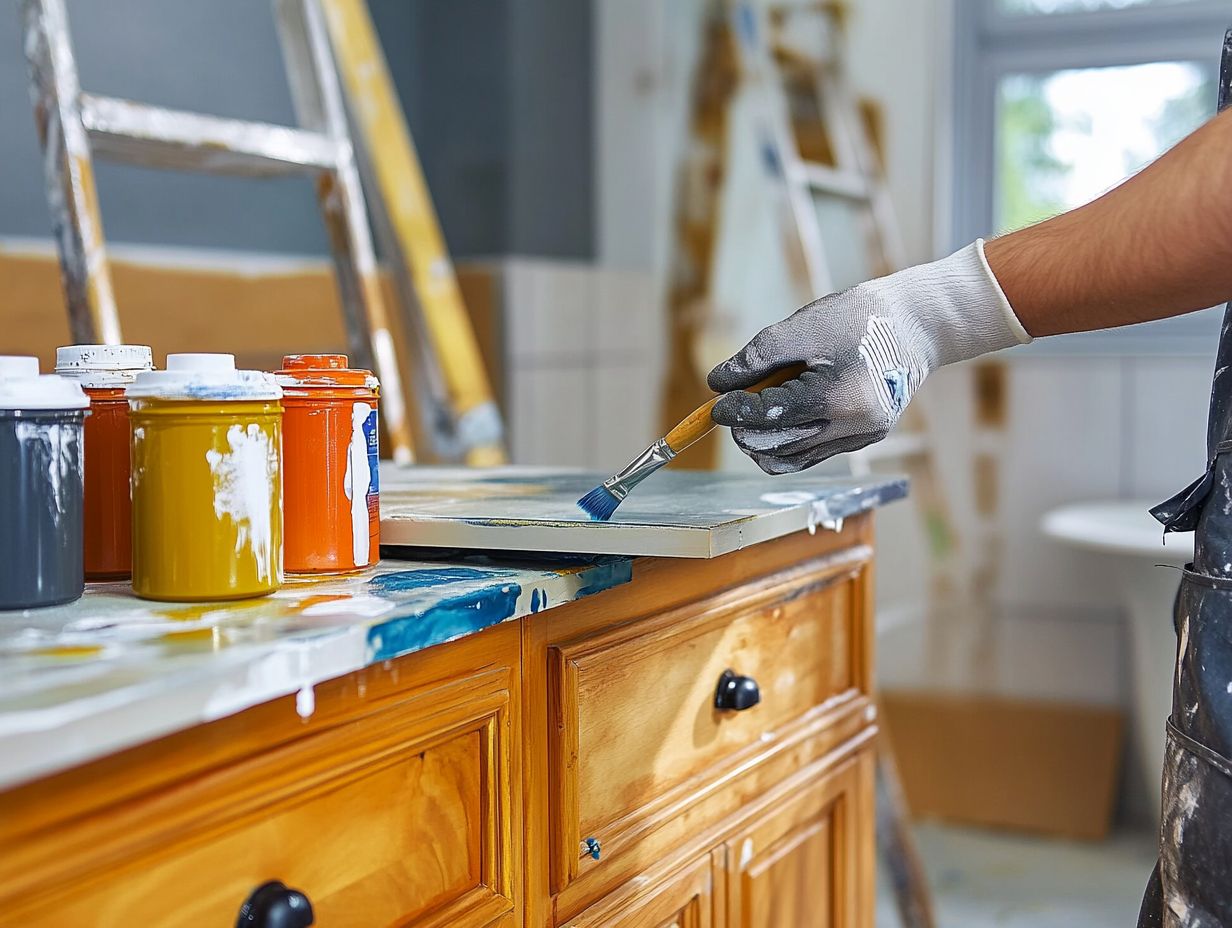
Regarding painting bathroom walls, following best practices is essential for achieving a durable and attractive finish that can withstand moisture and humidity.
This is particularly important given the bathroom environment, where paint is frequently exposed to steam and water, making moisture resistance a top priority. Selecting the appropriate type of paint is crucial; it is advisable to choose products specifically labeled for use in bathrooms or kitchens, which often feature mildew-resistant properties. These formulations are designed to repel moisture and prevent mold growth, safeguarding both the aesthetics and safety of the space.
Proper wall preparation is also critical; ensuring that walls are cleaned and primed enhances paint adhesion. If the walls have a textured surface, using a roller with a thicker nap can help achieve even coverage while ensuring that every crevice is adequately protected.
Maintaining Painted Surfaces
After successfully painting challenging surfaces such as kitchen cabinets and bathroom walls, it is crucial to prioritize maintenance to preserve that enduring quality finish. Regular cleaning and upkeep play a vital role in maintaining the integrity of the paint, ensuring it remains fresh and vibrant for years.
Understanding how to properly care for your painted surfaces can prevent issues like stains and peeling, allowing you to fully appreciate the aesthetic appeal of your renovations. Let’s delve into some effective strategies for maintaining painted surfaces in your home.
How to Care for Painted Kitchen Cabinets and Bathroom Walls
Caring for painted kitchen cabinets and bathroom walls is essential for maintaining their beauty and durability over time. By adopting proper care techniques, one can significantly extend the lifespan of these surfaces while keeping them looking pristine.
Regular cleaning with gentle, pH-balanced solutions is crucial in preventing grime and grease buildup on kitchen cabinets, which can lead to unsightly stains. For bathroom walls, a simple mixture of vinegar and water can effectively address mildew and soap scum without harming the paint.
It is important to always wear protective gear, such as gloves and masks, to protect against harsh chemicals and irritants. Avoid using abrasive scrubbing tools that could scratch the paint, and be mindful of excess moisture, particularly in bathroom areas, to prevent peeling and chipping over time.



